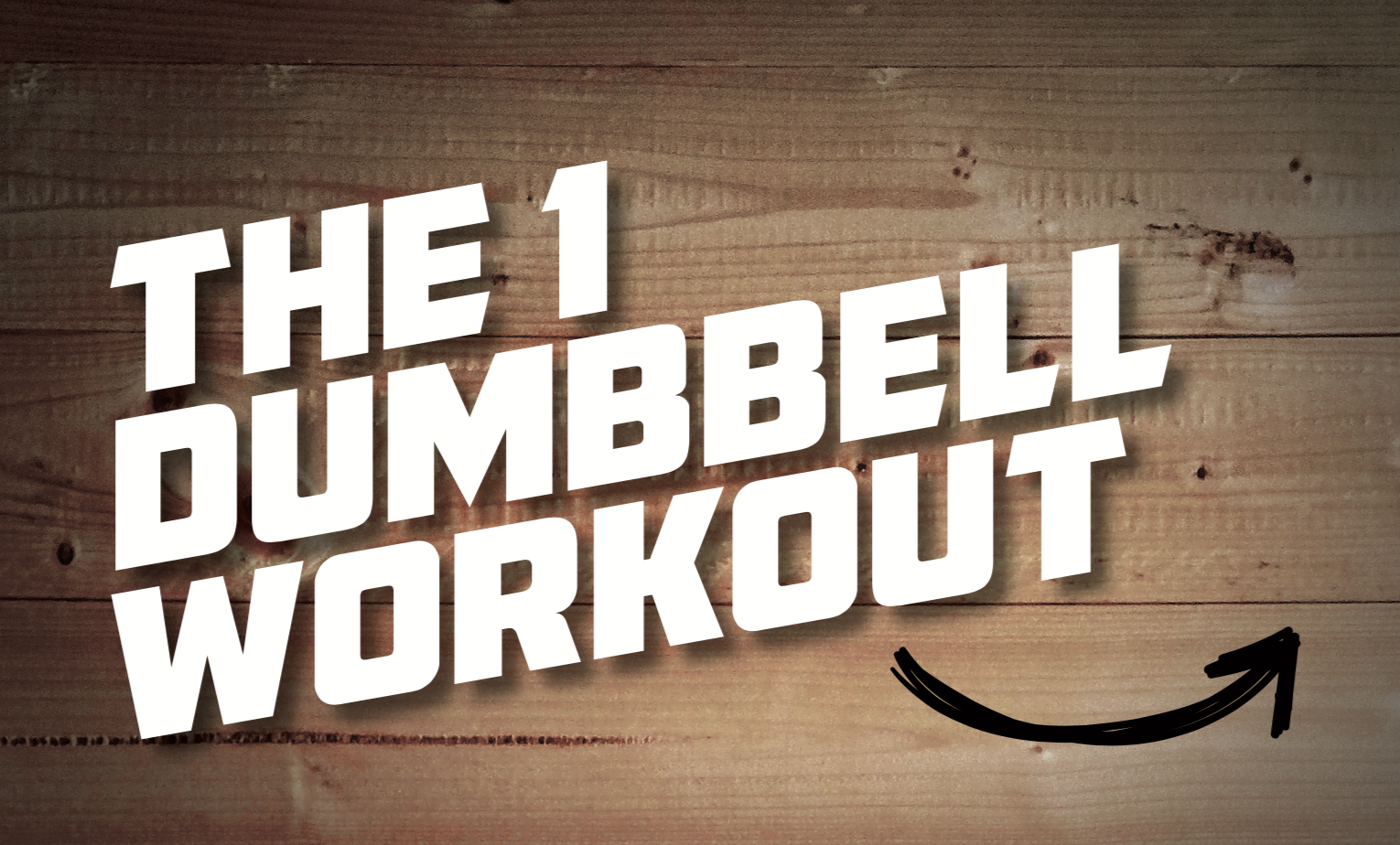The value of the static plank
The value of the static plank
Share
Love a static plank? Many of us don’t. So, are they any good to us? Mark Laws explains…
I was chatting to a friend of mine about planking techniques recently. The general summary was that a bit of planking here and there won’t hurt, but it isn’t for everyone and it can be a bit embarrassing if you get caught…
My friends name is Paul Edmondson. Paul is an Anatomy Trains teacher, Gray Institute teacher and Power Plate master instructor and he knows a few things about the human body!
“The question was: “So static planks, good or bad?”
To quote a great mentor (Lenny Parracino) there’s no such thing as a bad exercise, ONLY a wrongly prescribed one. Meaning, is the person made to fit the exercise? This is typical in our industry. Or is the exercise appropriately adapted for the client?
Anyway, back to the question, let’s play devil’s advocate for just a second and break down the static plank:
Fun factor. Who (especially our clients) really and truly love the ‘hold/brace’ position of a plank for minutes on end? Truth be told they hate it (yawn) and truth be told PTs do too. Moving has a ‘playful’ nature that brings a fun element to ‘planking’ and the variety of options to explore is limitless.
Does static serve life’s functions well? We are never still throughout our day, even whilst asleep we move! Every cell, tissue and organ needs motion to survive and thrive (not bracing/holding). Cell function and cell life span demands ‘motion’.
If we hold the position and the muscles are in ‘constant isometric contraction’ blood flow cannot get into the tissues and cells of the core/spine, and so ‘cell death’ is an inevitability. But this would take ages for such a catastrophe to happen surely? Think again, 10 secs will starve the cells of oxygen causing death (so the exercise once prescribed for aiding low back pain is actually contributing to CAUSE low back pain). Muscles should turn on/off rhythmically in movement to aid micro and systemic circulation.
Also, if the muscles contract constantly in static ‘brace’ this ensures the muscles ‘pull’ (they don’t push) the joints closer together. Over time this leads to over-compression (whereas a movement plank will give much needed tensioning of core myofascia) which will squeeze the disc, potentially causing herniation, bulging disc (for certain dehydration of disc) and as the bones ‘shear’, the pain receptors on the joint surfaces (and fascial tissues) start to make ‘noise’ (meaning pain). So, again, the exercise born with good intention to aid back pain is directly resulting in back pain.
Movement has a better ‘proprioceptive feeding’, which means a better transfer into real-life tasks, and communication of more tissues resulting in a resilient and robust core for optimum transfer.
In summary, if you love static planking then plank as much as you want. But if you wanted to give up static planking at any time you could… and nothing bad will happen.



















FOLLOW BESTFIT